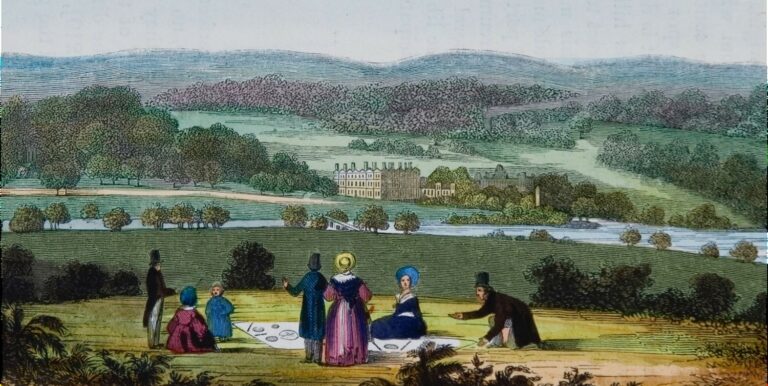Of course the medieval world was very different to ours. Much of Europe was forested or uncultivated, and such wilderness was seen as frightening. Settlements were small and scattered, often centred around defensive sites such as castles or fortified manors, with windows mainly looking inward to courtyards, rather than outwards over the countryside. Villages and estates had to be, by and large, self-sufficient so gardening was largely about food production or basic medicines. Because fields and gardens were liable to incursions from wild animals, outlaws or any attacking forces, they tended to be close to habitation and surrounded with hedges and ditches for protection.





